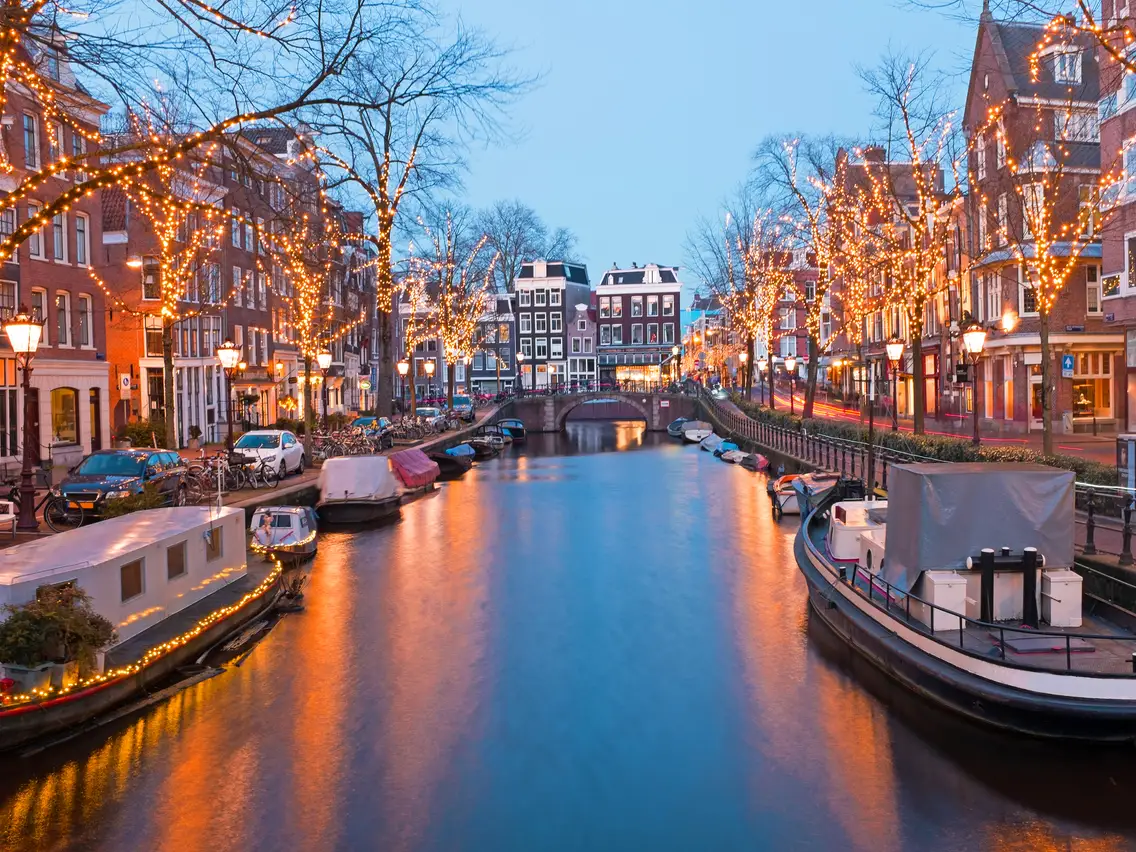
Houseboats:
From Hippy to High Class
By: Bella Nadeau and Melina Haskel
Listen to our podcast to learn more about houseboats in Amsterdam and how they connect to culture, tourism, and the environment.
The Canal District
As part of the Historical Movement in the 1990s, many of the canal homes were gentrified and taken over by a middle-class elite. This continues to be the primary demographic, for both the canal homes, and increasingly for the houseboats as well, which are now very valuable for their location and proximity to nature. Two anthropologists, Fenn Pinkster and Willem Boterman (see full article below) interviewed residents of the canal district and concluded that what matters to them is not a Jane Jacobs-esque sense of community and neighborhood, but rather that they can enjoy the history and beauty of the area they live in. As one interviewed resident named Diana said,
“It is just a beautiful neighborhood, a beautiful city…I guess this is my place. Yes. Also because of the history. I have read a lot about the old city and how it was created. It is historically exciting. And so beautiful. I still enjoy it so much when I walk around the neighborhood.”
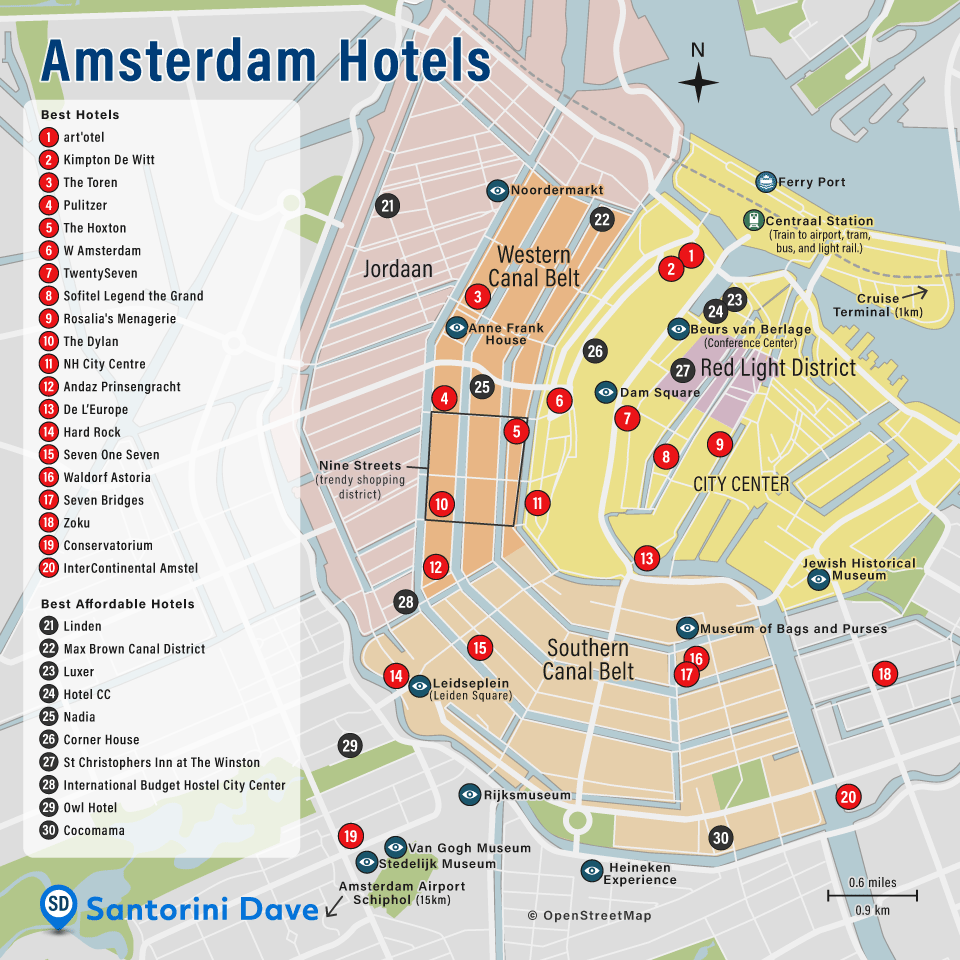
The Canal District achieved designation as a UNESCO world heritage site in 2010. This has made the area even more popular among tourists, due to its perceived authenticity the designation entails. Click here to visit the UNESCO webpage.


Risaburo Kimura (1924-2014) created Amsterdam as part of a larger series called “Great Cities of the World.” Many of the other works in this series incorporate a wide range of symbols and famous architectural features of the cities in an abstract way. However, comparing the print to photographs, one can see how Kimura is solely influenced by the reflections on the water, demonstrating how Amsterdam continues to be valued for its unique canals. Artworks such as this also create authenticity for visitors to Amsterdam by reinforcing the historical and cultural significance of the canals and canal homes.
[Click the image of the print to view more of Kimura’s “Great Cities” ]
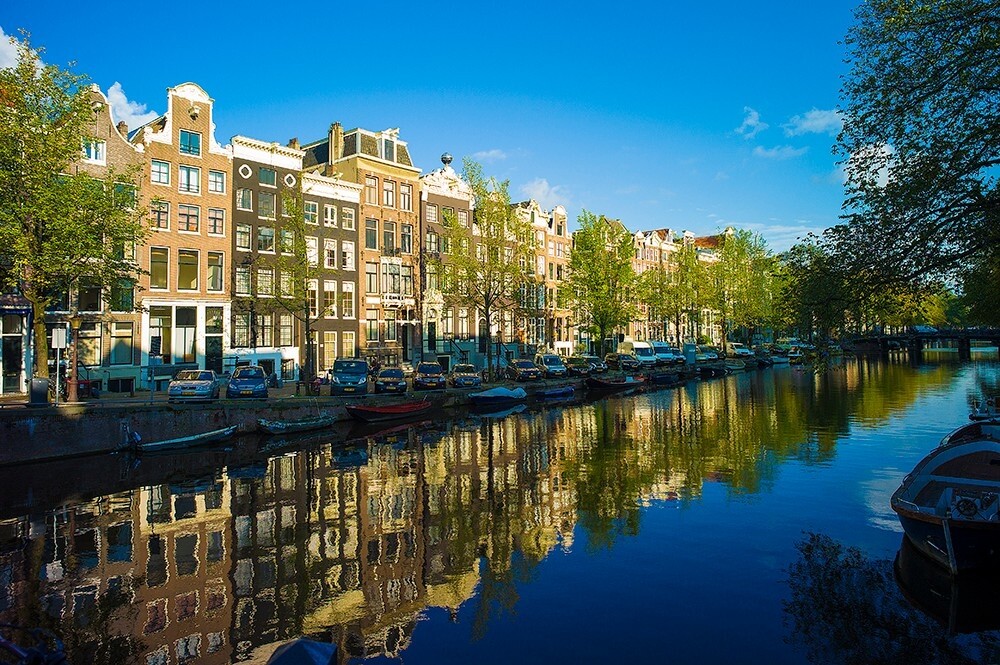
Social Housing
Authenticity and Tourism
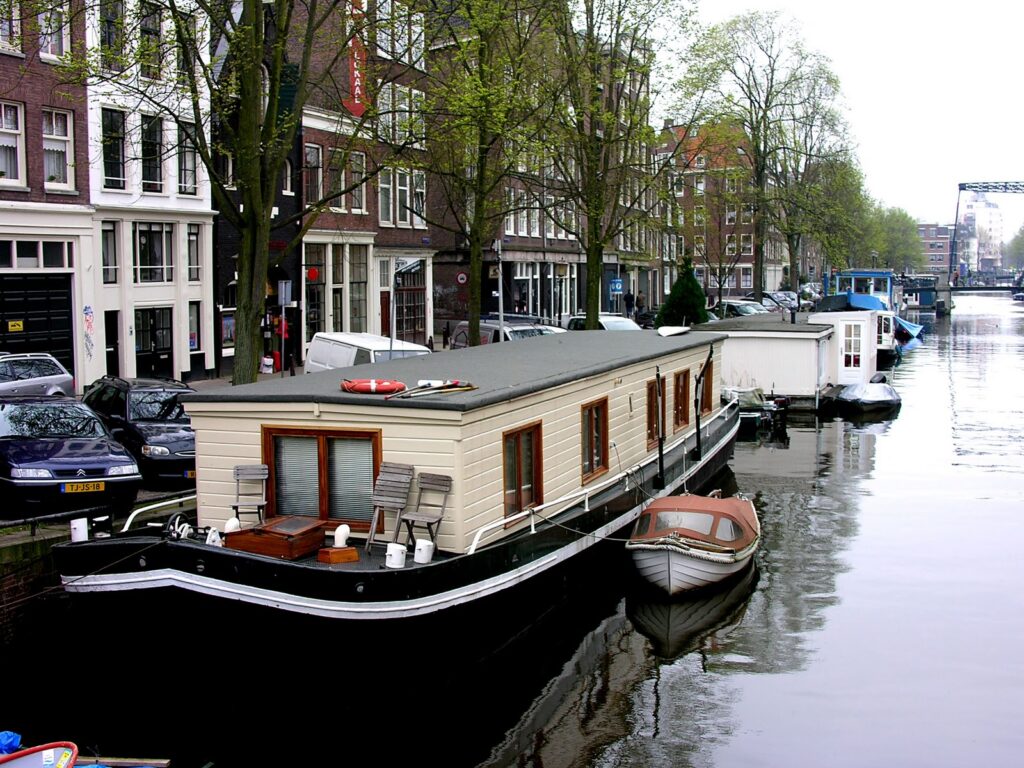
Tourists from all over the world travel to Amsterdam to live the authentic Dutch experience.
The question is: what is authentic?
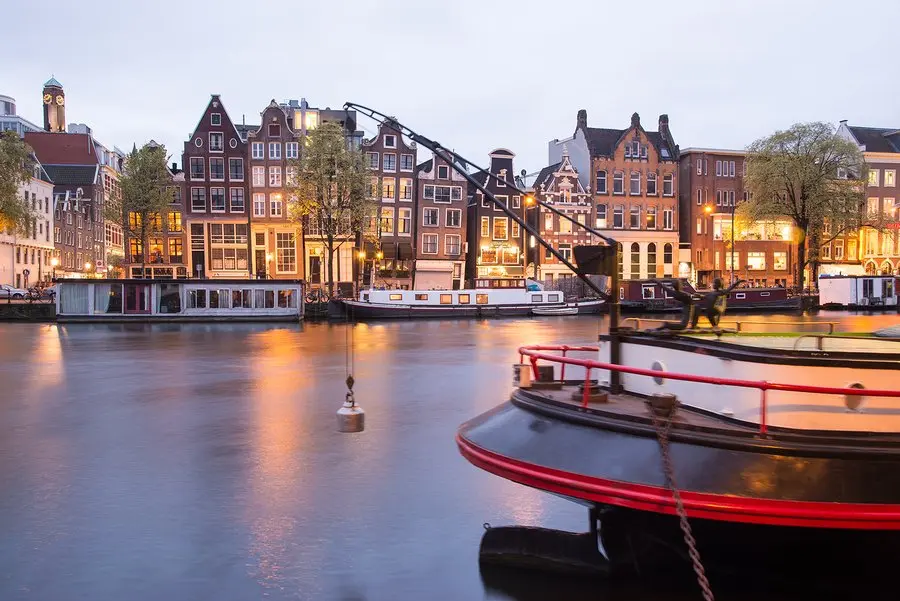
Is the renovation of floating homes to appear more like functional boats a move towards authenticity, or is it performative?
Attracting global citizens to the city boosts the economy, so tourism is largely in the best interest of the government, thus incentivizing both individual and collective advertisements of this “authentic” Dutch way of life.
Regardless, locals criticize those who rent their apartments out on websites such as Airbnb. They dislike not knowing who they see in their daily lives. The stereotypical rowdy tourists arriving to party is also an unwelcome experience.
“We saw it coming: these double-deck buses. I think they don’t belong here. A red bus should be in London. It’s a tourist thing, it does not belong in Amsterdam. The beer bike, rickshaw taxis, Segways, it just doesn’t fit in, it doesn’t belong. It cannot be prohibited, but 20 years ago it didn’t exist.” -Jeroen
From “When the spell is broken” by Fenne M Pinkster and Willem R Boterman. Read the rest of their article here.

Airbnb
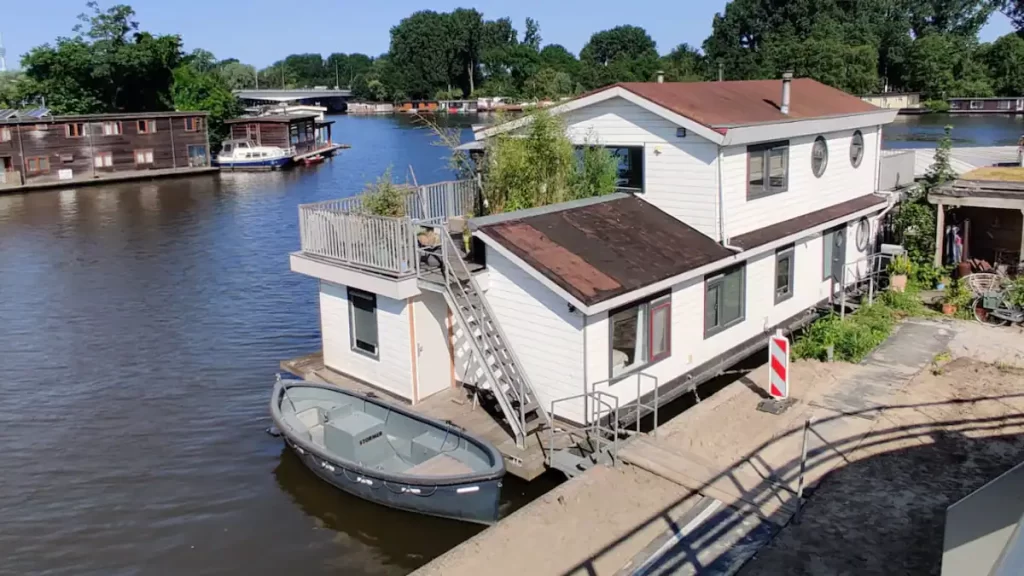
Airbnb has become a popular site for locals to share their houseboats with visitors. This allows tourists to experience a more authentic Amsterdam. The webpages for these rentals often emphasize the unique and authentic experience of living in a houseboat and the historical background of the canal district, as well as the proximity to the city center- the very reason the hippies built houseboats in the 1960s! Notice how some of the houseboats are shaped like boats, with specific features of the “authentic” boats (like portholes) being mentioned in the descriptions. Check out some of these rental options by clicking on the images below:

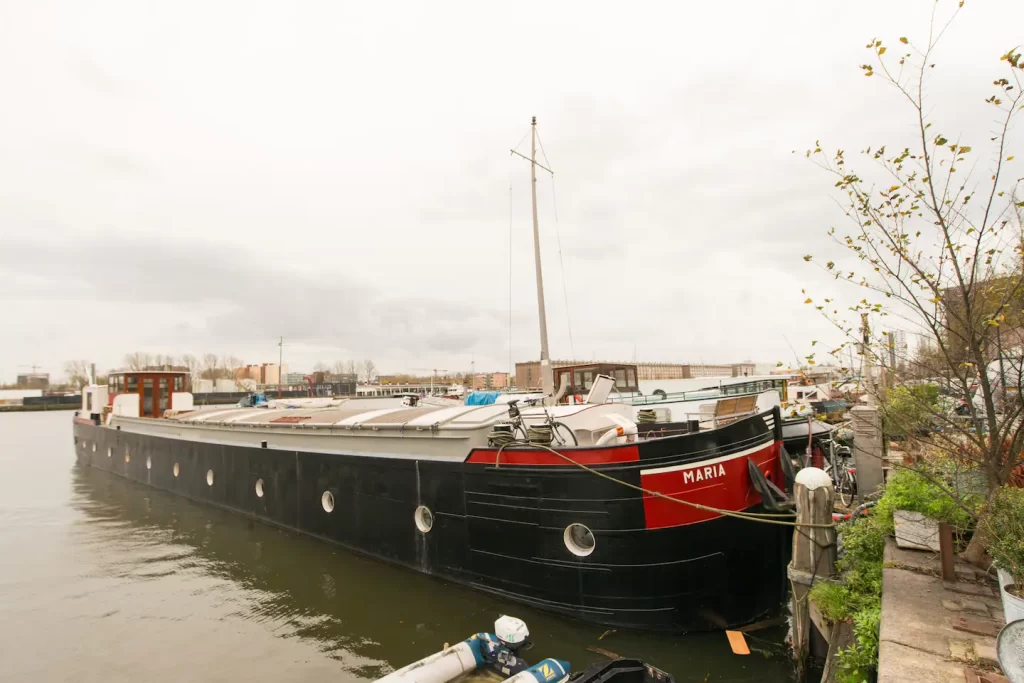

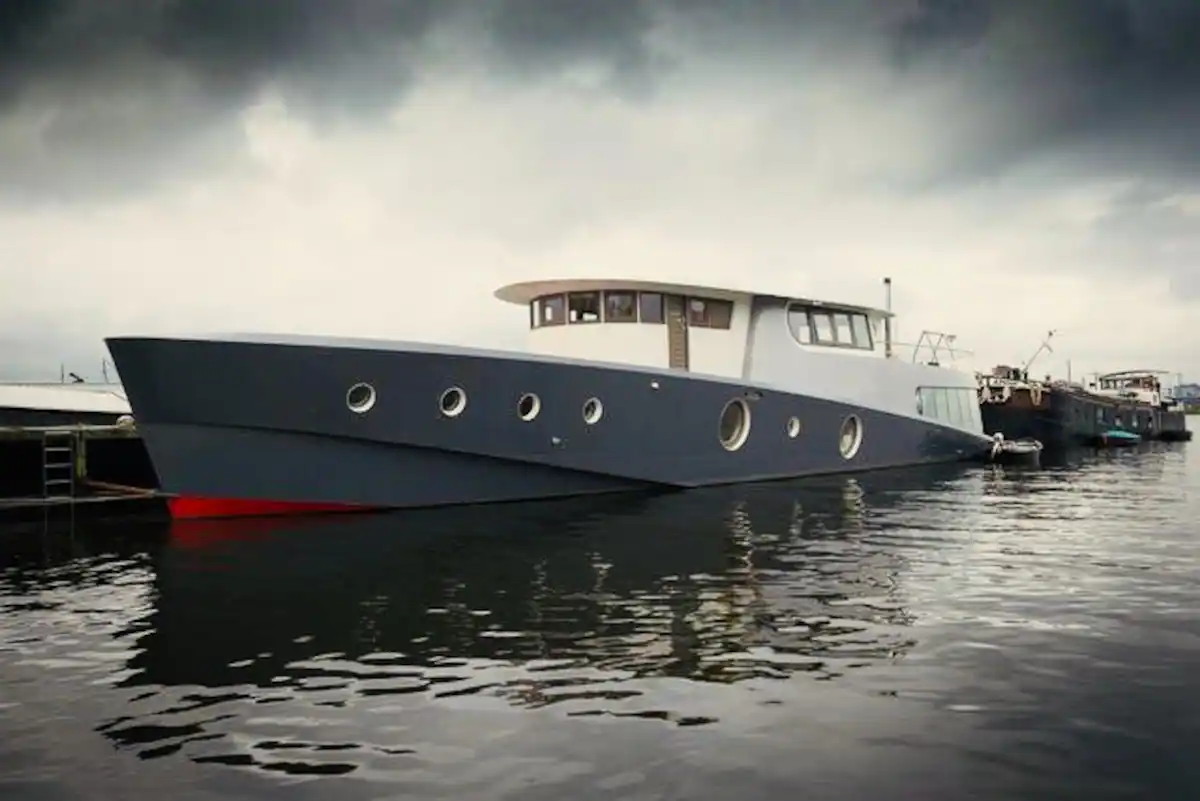
Adaptive Floating Infrastructure
Global sea level rise from 1880 to 2013 was about 0.06 inches per year. Since 1993, the rate has risen to 0.12 – 0.14 inches per year. About 26% of the Netherlands lies below sea level, making these increasing rates a primary concern for the Dutch people.

Floating infrastructure has been a central adaptation to rising sea levels. The Dutch tend to embrace environmental change instead of using physical barriers to shield them from it. Aside from the traditional houseboats along Amsterdam’s canals, other floating communities have started to pop up throughout the Netherlands.
Marjan de Blok, a reality TV director, decided to lean into the evolution of the world around her. She gathered 120 friends to build connected floating homes, creating a unique and practical lifestyle. The community is filled with environmentally-focused projects including floating gardens, a community center filled with information about the project, and on-land vegetable patches. de Blok is not the only one building floating communities, as these neighborhoods are popping up nationwide. These communities both promote communal living and are extremely effective strategies for dealing with rising sea levels, so why not?

Bibliography
- Callegaro, Martina. “Living on Waterways. How Houseboating is Urbanizing European Waterfront.” Mobilità e Inteculturalità. La Città di Fronte a Nuovi Sistemi di Relazione Mobility and Interculturality. The City Facing New (2020): 493-503.
- Dellman, Sarah. “Selling a ‘Dutch Experience’: Images in Tourism and Consumer Culture.” In Images of Dutchness: Popular Visual Culture, Early Cinema and the Emergence of a National Cliché, 265–279. Amsterdam University Press, 2018. https://doi.org/10.2307/j.ctv7r420j.10.
- Fainstein, Susan S. “AMSTERDAM: A JUST CITY?” In The Just City, 139–64. Cornell University Press, 2010. http://www.jstor.org/stable/10.7591/j.ctt7zhwt.9.
- Kinder, K. “Introduction: The Politics of Urban Water.” In The Politics of Urban Water: Changing Waterscapes in Amsterdam (Georgia: The University of Georgia Press, 2015), 1-15.
- Kinder, K. “Hippies on Houseboats.” in The Politics of Urban Water: Changing Waterscapes in Amsterdam (Georgia: The University of Georgia Press, 2015), 16-34.
- M. Haasnoot et al. Adaptation to Uncertain Sea-level Rise: how uncertainty in Antarctic mass-loss impacts the coastal adaptation strategy of the Netherlands. 2020 Environ. Res. Lett. 15 034007. https://doi.org/10.1088/1748-9326/ab666c
- PBS News Hour. PBS. Public Broadcasting Service, 2019. 38:17-45:36. https://www.pbs.org/video/may-9-2019-pbs-newshour-full-episode-1557449646/.
- Pinkster, Fenne M, and Willem R Boterman. “When the Spell Is Broken: Gentrification, Urban Tourism and Privileged Discontent in the Amsterdam Canal District.” Cultural Geographies 24, no. 3 (2017): 457–72. https://www.jstor.org/stable/26168833.
- Reise, Karsten. “The Wadden Sea Coast Challenged by Sea Level Rise.” In Waddenland Outstanding: History, Landscape and Cultural Heritage of the Wadden Sea Region, edited by Linde Egberts and Meindert Schroor, 305–14. Amsterdam University Press, 2018. https://doi.org/10.2307/j.ctv7xbrmk.24.
- Rubin, Shira. “In Amsterdam, a Community of Floating Homes Shows the World How to Live alongside Nature.” The Washington Post, December 17, 2021. https://www.washingtonpost.com/climate-solutions/interactive/2021/amsterdam-floating-houses-schoonschip/.
- Savini, Federico, Willem R. Boterman, Wouter P.C. van Gent, and Stan Majoor. “Amsterdam in the 21st Century: Geography, Housing, Spatial Development and Politics.” Cities 52 (2016): 103–13. https://doi.org/10.1016/j.cities.2015.11.017.
- Schuetze, Christopher F. “In Amsterdam, Floating Homes That Only Look like Ships.” The New York Times, November 5, 2019. https://www.nytimes.com/2019/11/04/realestate/in-amsterdam-floating-homes-that-only-look-like-ships.html.
- “Sea Level Rise on the Dutch Coast Has Increased.” PreventionWeb, March 31, 2023. https://www.preventionweb.net/news/sea-level-rise-dutch-coast-has-increased#:~:text=The%20sea%20level%20on%20the,trends%20in%20sea%20level%20rise.
- Tagliabue, John. “The Floating Homes of Amsterdam.” The New York Times, August 13, 2007. https://www.nytimes.com/2007/08/13/world/europe/13iht-journal.4.7101098.html.
- Title image credit: https://www.businessinsider.com/luxury-houseboat-in-amsterdam-on-sale-2019-10

